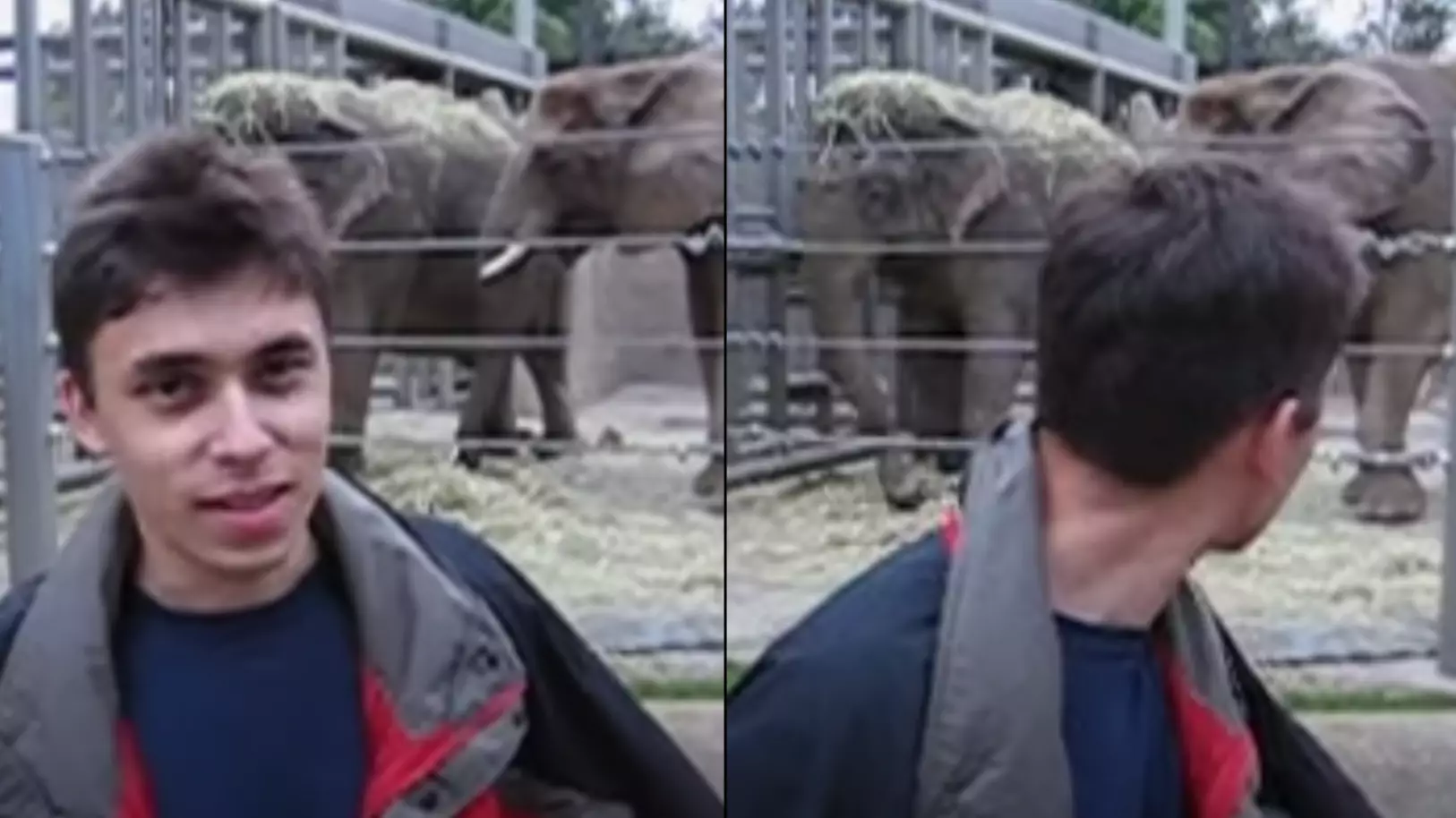Chad Hurley, Steve Chen, and Jawed Karim, former PayPal employees, founded YouTube in 2005.
Hurley studied design at Indiana University of Pennsylvania, while Karim and Chen pursued computer science at University of Illinois Urbana-Champaign.
Karim cited the inspiration behind the platform, stemming from events like the Super Bowl XXXVIII halftime show controversy, where Justin Timberlake exposed Janet Jackson’s breast, and the 2004 Indian Ocean earthquake and tsunami, which claimed 227,898 lives across 14 countries.
Karim’s inability to find video clips of these events online sparked the idea for a video-sharing website.
On April 23, 2005, “Me at the zoo” made its debut. Shot at the San Diego Zoo in California, the 19-second video features Karim with two elephants in the background, commenting on their trunk length.
Karim’s high school friend, Yakov Lapitsky, recorded the video using Karim’s camera.
Oldest Video Reception
Business Insider ranked “Me at the zoo” as the most important YouTube video ever, highlighting its symbolic representation of YouTube’s ethos: simplicity and accessibility.
The New York Observer echoed this sentiment, describing it as a significant historical artifact.
BuzzFeed News also recognized its importance, including it among the top 20 most crucial online videos of all time.
Being YouTube’s inaugural video, it’s often hailed as the first YouTube vlog.
Aaron Duplantier, in his book “Authenticity and How We Fake It: Belief and Subjectivity in Reality TV, Facebook, and YouTube,” noted that the straightforward nature of “Me at the zoo” established a precedent for the authentic, amateur content that defines much of YouTube, particularly among YouTubers and vloggers.
The Los Angeles Times, in 2009, emphasized the video’s pivotal role in reshaping media consumption and heralding a golden era of short-form video.
Digital Trends characterized it as a modest yet tongue-in-cheek creation, setting a standard for future YouTube content.
Oldest Video Legacy

